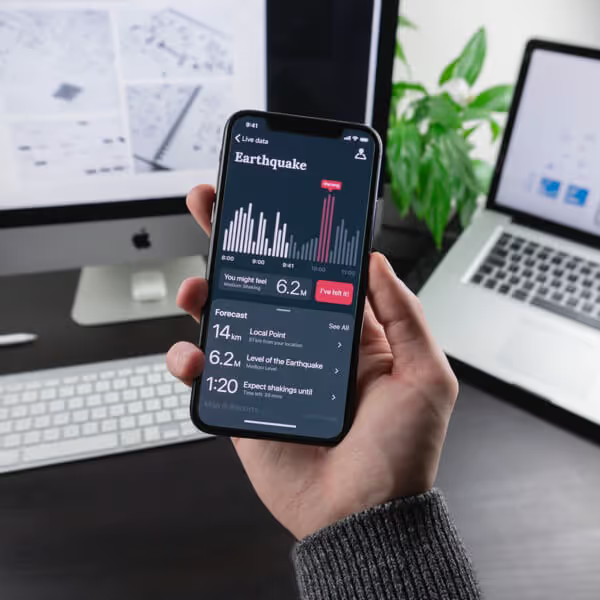ith so much noise masking simple and straightforward answers about the efficacy of Facebook for B2B marketing, it can be frustrating to get a clear view. In short, marketing through Facebook is suitable for B2B organisations, but the approach is much different from how it's used as a B2C channel. This article covers why and how Facebook should be used by B2B companies to achieve impactful results.
We understand all too well that advertising techniques that work for B2C businesses don't always work for B2B businesses. Selling through the B2B channel means contending with longer sales cycles, more stakeholders per purchase decision, budget ambiguity, complex approval processes, and competing stakeholder motivations. At the end of the day, though, we are still selling to people, not some intangible legal entity, so we need to take a human approach.
As of early 2024, about 73.6% of Australian internet users are active on Facebook, with 65% of the total population using the platform, and 50% logging in daily. The chances that your customers and prospects are using Facebook are therefore very high.
Addressing Common Concerns
There are two main reasons why Facebook advertising isn't considered as effective for B2B businesses: low buyer intent and targeting limitations. Low buyer intent means that a person browsing Facebook isn't usually there to buy anything; it's more social and personal. Thus, an advert that isn't lifestyle-related is unlikely to receive much engagement. However, it has been seen, and that brand awareness alone is valuable if the viewer is a potential customer.
Since Facebook is rarely engaged by users as a professional platform, people almost never list their real job titles, resulting in low accuracy in targeting professionals. This is why most B2B businesses prefer to advertise on LinkedIn. Though LinkedIn is more expensive and has fewer users than Facebook, it offers more precise targeting for professional audiences. The good news is that there is an accurate way of targeting your marketing on Facebook, and considering how inexpensive it is (including retargeting, which we will cover as well), it makes a lot of sense to start investing.
Types of Audience Targeting on Facebook
Currently, Facebook offers a few types of audience targeting. The standard type draws upon information from profiles and browser behaviour on Facebook. For example, you can target men aged 25-65 in Queensland who are interested in business and software, have completed high school or above, and are employed. This sounds great, but apart from user-input data such as gender, age, and location, the remaining criteria are synthesized using Facebook's algorithms, which can be inaccurate.
Another type of targeting is the creation of "lookalike audiences." If you have a solid following on your page and they are the right audience, you can target users who are similar to them. This too relies upon algorithmic matching criteria. Based on more loosely specified criteria, it can be inaccurate and should be approached with a healthy degree of scepticism.
To maximise your chances of success, B2B organisations should use a third targeting type — custom audiences. Facebook allows users to upload a list of email addresses (from your CRM, for example) and will match those addresses with existing profiles. You can also add a tracking code directly to your website or Tag Manager, which will allow you to show ads to people who have visited your website and then go on to use Facebook.
Ensuring Data Security and Leveraging Retargeting
If you have a list of customers but are nervous about supplying Facebook with data that could be hacked, remember that Facebook isn’t creating a profile and storing the information; it's matching the email address to an existing profile of a person who has voluntarily given Facebook their details. Avoid using business email addresses, though, because most people use their personal ones like Gmail and Hotmail. If you really don't want to use Facebook advertising but still want a presence, you can choose a method called retargeting. By adding a tracking code to your website or Tag Manager, you can show ads to your website visitors across third-party websites, including Facebook.
Retargeting tools like AdRoll also allow you to connect your CRM or upload a list of customers or leads so you can serve ads to them directly. Google also offers retargeting; however, we prefer AdRoll as it is not limited to the Google network and is more user-friendly. Whichever you choose, retargeting is an inexpensive method of advertising.
So, circling back to the question of whether B2B businesses should be advertising on Facebook—the answer is most definitely yes! Despite the challenges of low buyer intent and targeting limitations, the vast reach and cost-effectiveness of Facebook make it a valuable tool in the B2B marketer's arsenal. By leveraging custom audiences and retargeting, B2B companies can effectively reach their audience and drive impactful results.

.avif)











